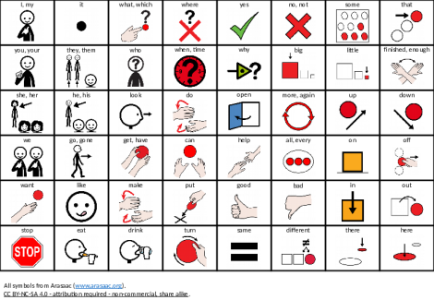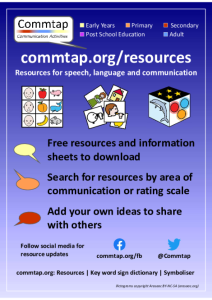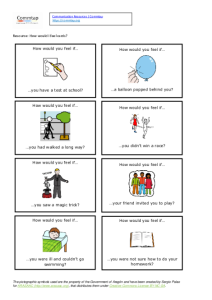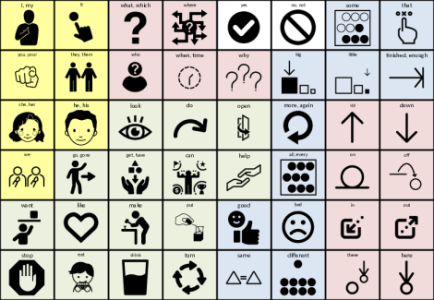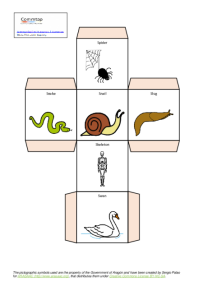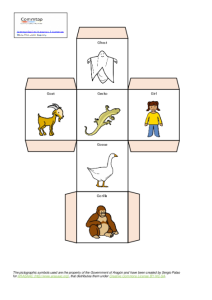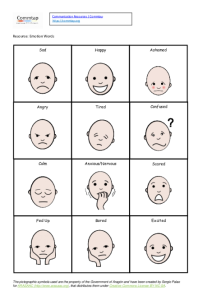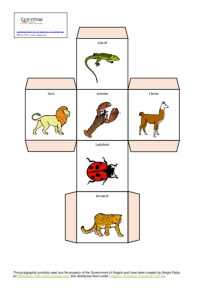Search
User login
Be familiar with written words
| Activity/strategy name and materials required | How to do the activity | Key principles for doing the activity and comments |
|---|---|---|
| Word labels in any lesson/situation
|
| The goal is simply for the child to become familiar with the written words and begin to link them to language. You are not expecting them to use the words in any way - though if they do point at word, confirm what they have pointed to - and respond appropriately. Refer to the written words naturally during talking. Make sure you refer to the written word often. Don't "test" the child - e.g. don't say "point to the word for this". You can facilitate errorless communication - for example "which one shall we put in next" - with a choice of words to choose from: then go with the child's response and include the word in your spoken response to them. |
Core communication board
Core communication board using ARASAAC symbols (https://arasaac.org). For use with everyday communication.
Note: if re-distributing with the ARASAAC symbols, this must be done non-commercially only.
You can make your own core communication board using different symbols with the Commtap Symboliser for PowerPoint.
Created 25 June 2022; updated 6 December 2024.
Using a sound at the beginning of a CV word
| Activity/strategy name and materials required | How to do the activity | Key principles for doing the activity and comments |
|---|---|---|
| Sound specific games |
|
Consonant + Vowel (CV) Sound Specific Games
This page contains games to work on consonant + vowel (CV) words.
Short Sounds
- c/k at the beginning of CV words matching pairs game
Long sounds
Using strategies to deal with strong emotions
| Activity/strategy name and materials required | How to do the activity | Key principles for doing the activity and comments |
|---|---|---|
| Calm Cards | 1. Print out the calm card resource. 2. Find a time when your child or young person is regulated and calm. Discuss that we can do different things when we are feeling strong emotions. You could give examples of emotions and how you feel in different situations. 3. Talk about finding ways to help feel better when you feel strong emotions. Look through the cards and try some of them out. 4. Talk to your child or young person about what they feel might hep them - you do not have to stick with what is on the cards, you could make some of your own cards. 5. You could make a key ring with some cards on for your child/young person to keep. 6. Encourage your child or young person to try some of the cards they have identified when they are starting to feel strong feelings. |
Core communication boards
Full core communication board plus a simplified version. Uses Noun Project icons - can be used in any context as long as the icons are attributed.
Created 17 March 2022; updated 12 May 2025.
Support Commtap to keep it online
Thank you for visiting Commtap.
Please read this message as it is extremely important.
- Visitor donations mean we can continue to host over 1,000 free activities to support speech, language, and communication development.
- Visitor donations mean we can continue to provide free resources to address a wide range of communication needs, including limited speech or language, interaction challenges, and needs associated with conditions such as developmental language disorder, autism, and cerebral palsy.
- Visitor donations mean we can continue to provide resources to support the work of speech and language therapists, teachers, teaching assistants, parents, and carers.
- Visitor donations mean we can continue to provide the free key word sign dictionary (bks.org.uk) which has over 2,000 Makaton and Signalong signs.
We know that not everyone is able to afford to pay to access these resources, however, if you can, please make a donation to keep the site going.
Thank you
Google ads on this page are provided by Google Adsense - and their presence does not imply any endorsement by Commtap. Report a problem with an ad on this page. Log in (for free) to avoid seeing Google ads.
